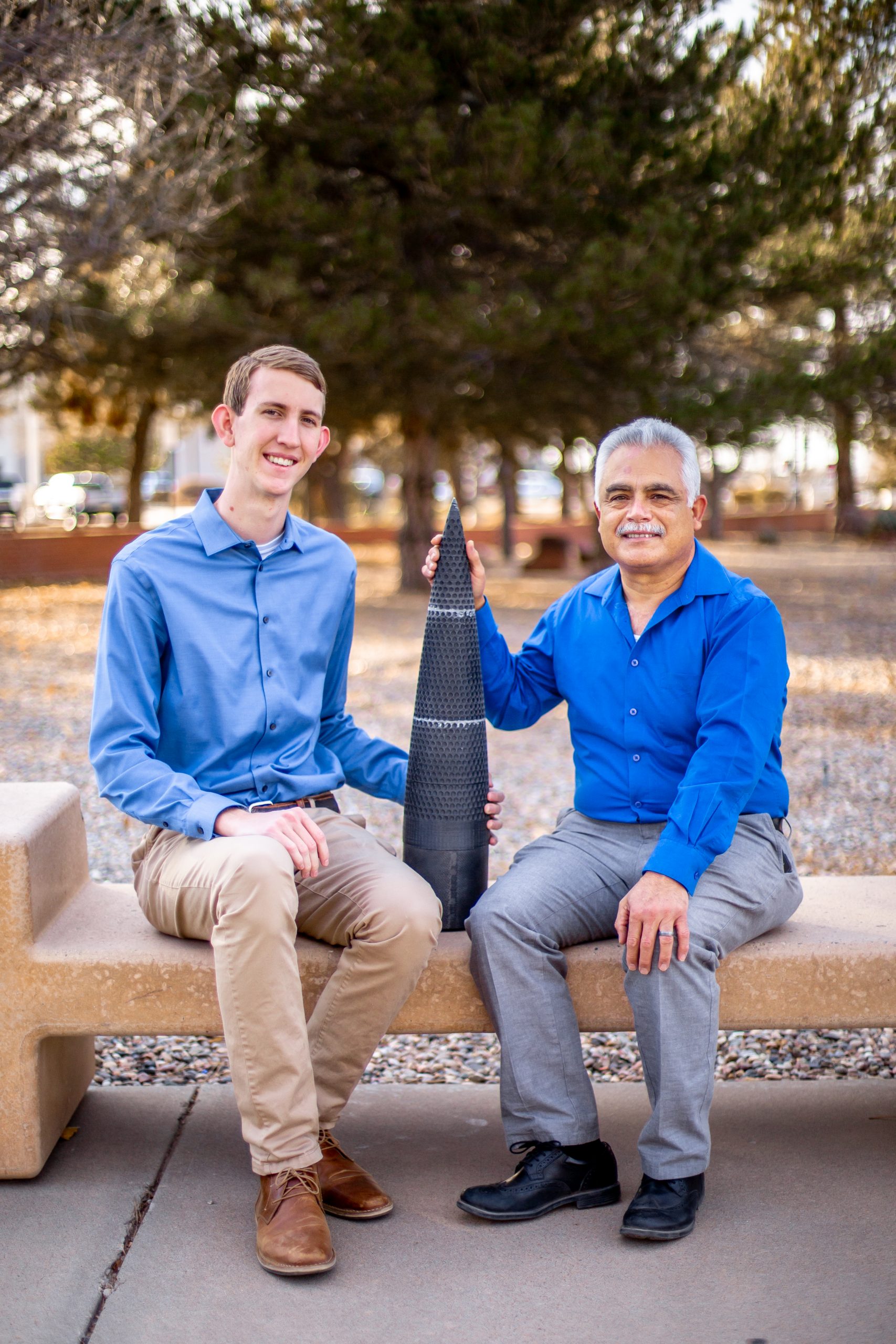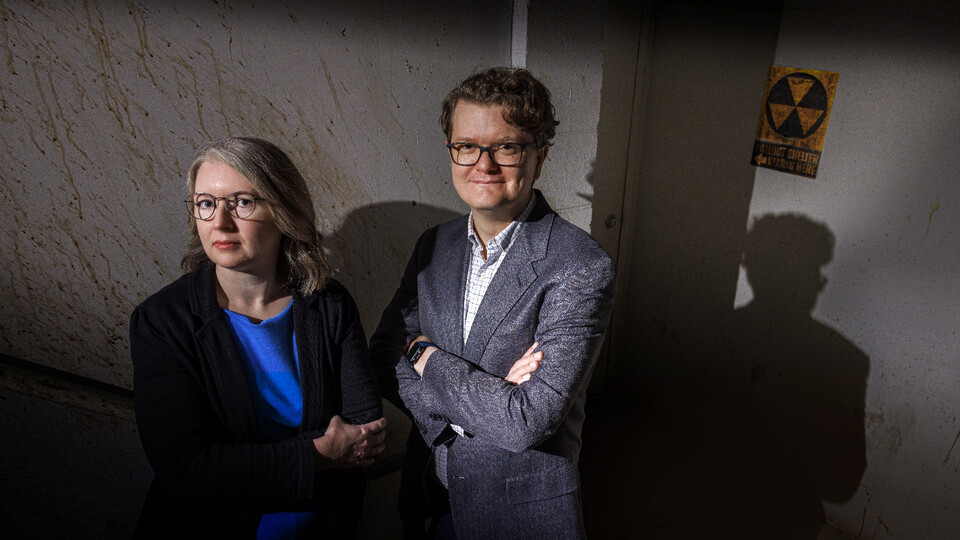Electron-Ion Collider Set to Begin Long-Lead Procurements
Brookhaven National LaboratoryThe U.S. Department of Energy (DOE) has approved Critical Decision 3A (CD-3A) — the go-ahead for long-lead procurements — for the Electron-Ion Collider (EIC). EIC is a state-of-the-art particle collider for nuclear physics research that will be located at DOE's Brookhaven National Laboratory and built in partnership with DOE's Thomas Jefferson National Accelerator Facility (Jefferson Lab).











































